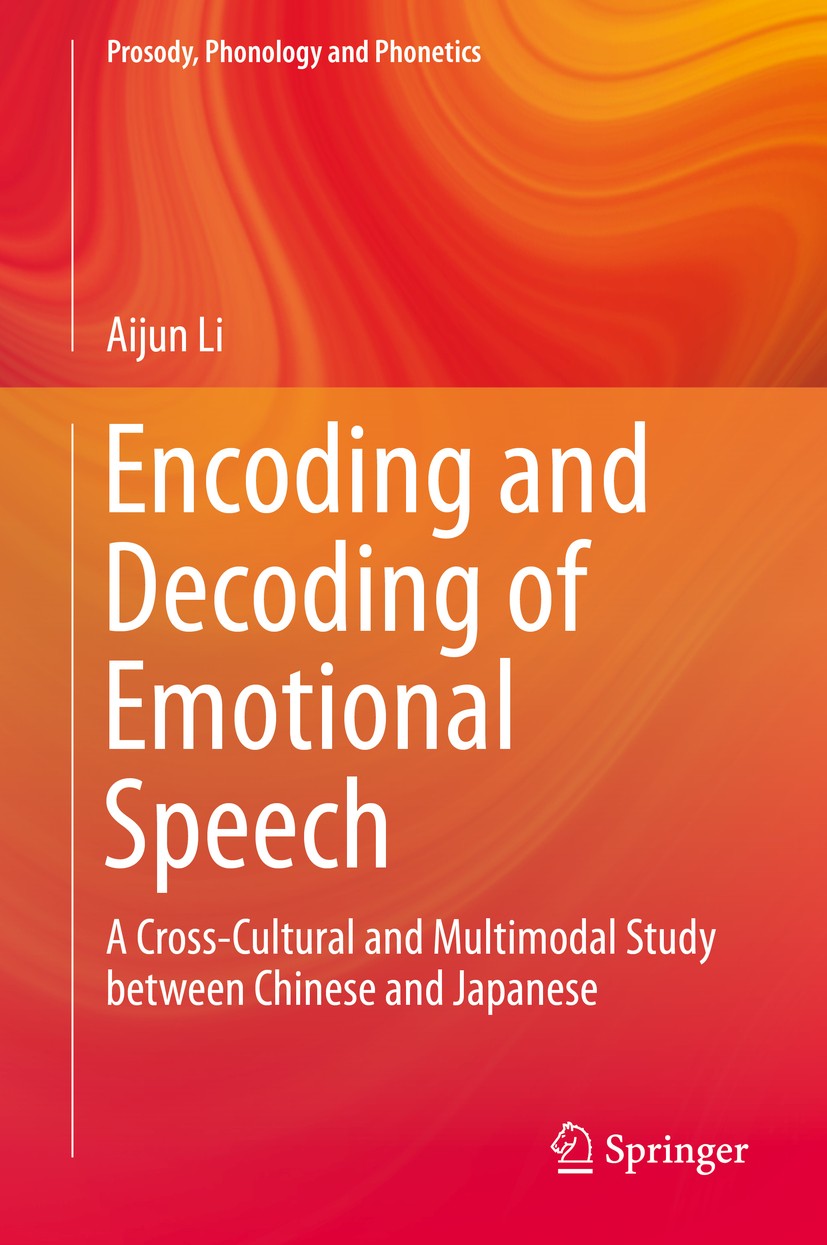| 書(shū)目名稱 | Encoding and Decoding of Emotional Speech |
| 副標(biāo)題 | A Cross-Cultural and |
| 編輯 | Aijun Li |
| 視頻video | http://file.papertrans.cn/310/309207/309207.mp4 |
| 概述 | Investigates emotional speech from perceptual, acoustic and articulatory perspectives, pursuing a cross-cultural comparison between Chinese and Japanese Explores the.Communication Channel effect on em |
| 叢書(shū)名稱 | Prosody, Phonology and Phonetics |
| 圖書(shū)封面 |  |
| 描述 | ?This book addresses the subject of emotional speech, especially its encoding and decoding process during interactive communication, based on an improved version of Brunswik’s Lens Model. The process is shown to be influenced by the speaker’s and the listener’s linguistic and cultural backgrounds, as well as by the transmission channels used. Through both psycholinguistic and phonetic analysis of emotional multimodality data for two typologically different languages, i.e., Chinese and Japanese, the book demonstrates and elucidates the mutual and differing decoding and encoding schemes of emotional speech in Chinese and Japanese. |
| 出版日期 | Book 2015 |
| 關(guān)鍵詞 | Brunswik’s Lens Model; Cross-Cultural Study; Emotional Cues; Emotional Speech; Interactive Communication |
| 版次 | 1 |
| doi | https://doi.org/10.1007/978-3-662-47691-8 |
| isbn_softcover | 978-3-662-51706-2 |
| isbn_ebook | 978-3-662-47691-8Series ISSN 2197-8700 Series E-ISSN 2197-8719 |
| issn_series | 2197-8700 |
| copyright | Springer-Verlag Berlin Heidelberg 2015 |
 |Archiver|手機(jī)版|小黑屋|
派博傳思國(guó)際
( 京公網(wǎng)安備110108008328)
GMT+8, 2025-10-12 19:38
|Archiver|手機(jī)版|小黑屋|
派博傳思國(guó)際
( 京公網(wǎng)安備110108008328)
GMT+8, 2025-10-12 19:38


